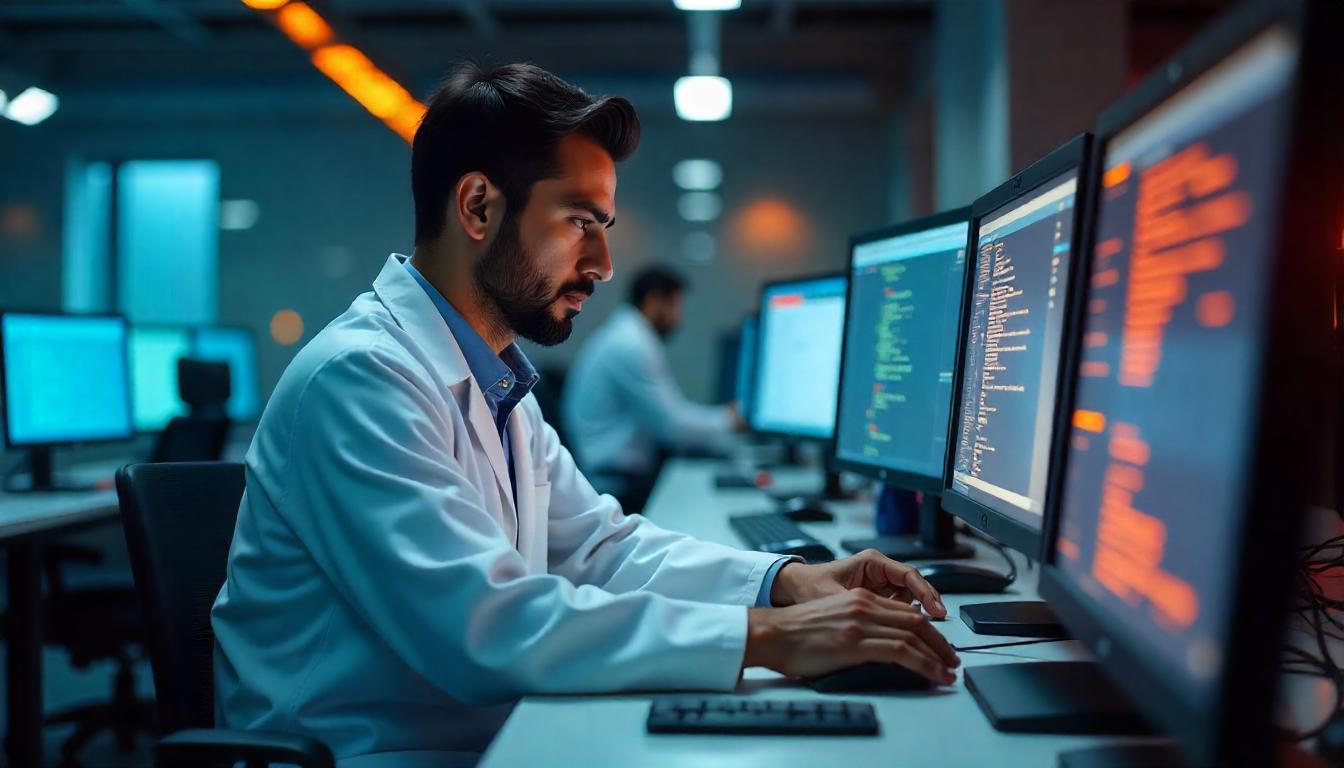Open Source AI Projects to Watch in 2025
AI is evolving faster than ever, and much of this progress is powered by open-source projects. These tools and frameworks are opening doors for developers, researchers, and businesses alike to harness cutting-edge AI without starting from scratch.
As 2025 unfolds, several open-source AI projects are set to take center stage. Whether you’re a coder, a data scientist, or just curious about AI’s future, here are the key projects you should watch.
1. Hugging Face Transformers
Hugging Face’s Transformers library continues to lead in Natural Language Processing (NLP). It provides access to thousands of pre-trained models — including BERT and GPT variants — enabling everything from chatbots to text summarization.
In 2025, expect even broader language support, faster processing, and innovations that blend text with images and audio for richer AI applications.
2. PyTorch
PyTorch is a favorite among AI developers for its ease of use and flexibility. Its dynamic nature makes building and experimenting with deep learning models straightforward.
Looking ahead, PyTorch aims to boost performance, add enhanced distributed training capabilities, and simplify deploying AI models at scale.
3. LangChain
LangChain is emerging as a powerful tool for integrating large language models (LLMs) into real-world applications. It helps developers connect LLMs with databases, APIs, and workflows to create smarter, context-aware apps.
By 2025, LangChain is expected to improve scalability and security features, especially for enterprise users.
4. OpenCV
OpenCV has long been the backbone of computer vision projects. It powers everything from facial recognition to augmented reality and robotics vision.
In 2025, OpenCV will continue enhancing its AI capabilities with better support for modern deep learning models and faster processing via hardware acceleration.
5. Stable Diffusion and Generative Art
Stable Diffusion revolutionized generative art by making high-quality AI image creation accessible and open source. Artists and developers have embraced it for creating unique visuals and creative tools.
In the coming year, expect improvements in image quality, generation speed, customization options, and better content moderation tools.
6. ONNX (Open Neural Network Exchange)
ONNX is crucial for moving AI models seamlessly between different frameworks like PyTorch and TensorFlow. It enables flexible deployment and helps avoid vendor lock-in.
2025 will bring expanded model support and optimizations, especially for AI on edge devices and specialized hardware.
7. Ray
Ray simplifies scaling Python applications across multiple machines, making it easier to handle distributed machine learning tasks like training and hyperparameter tuning.
Upcoming updates in 2025 will focus on performance, new tools for complex workloads, and stronger integration with cloud environments.
Why Open Source AI Is Game-Changing
Open-source AI projects break down barriers by making advanced tools accessible to everyone. They promote collaboration, transparency, and rapid innovation—accelerating AI development worldwide.
Whether you’re building your first AI app or working on cutting-edge research, open source is where the action is.
Final Thoughts
2025 is set to be a landmark year for open-source AI. From powerful language models and creative art generators to robust vision frameworks and scalable compute engines, these projects are shaping the future of technology.
Jump in, explore their features, contribute to the community, or start building your own AI solutions. The opportunities are endless.





